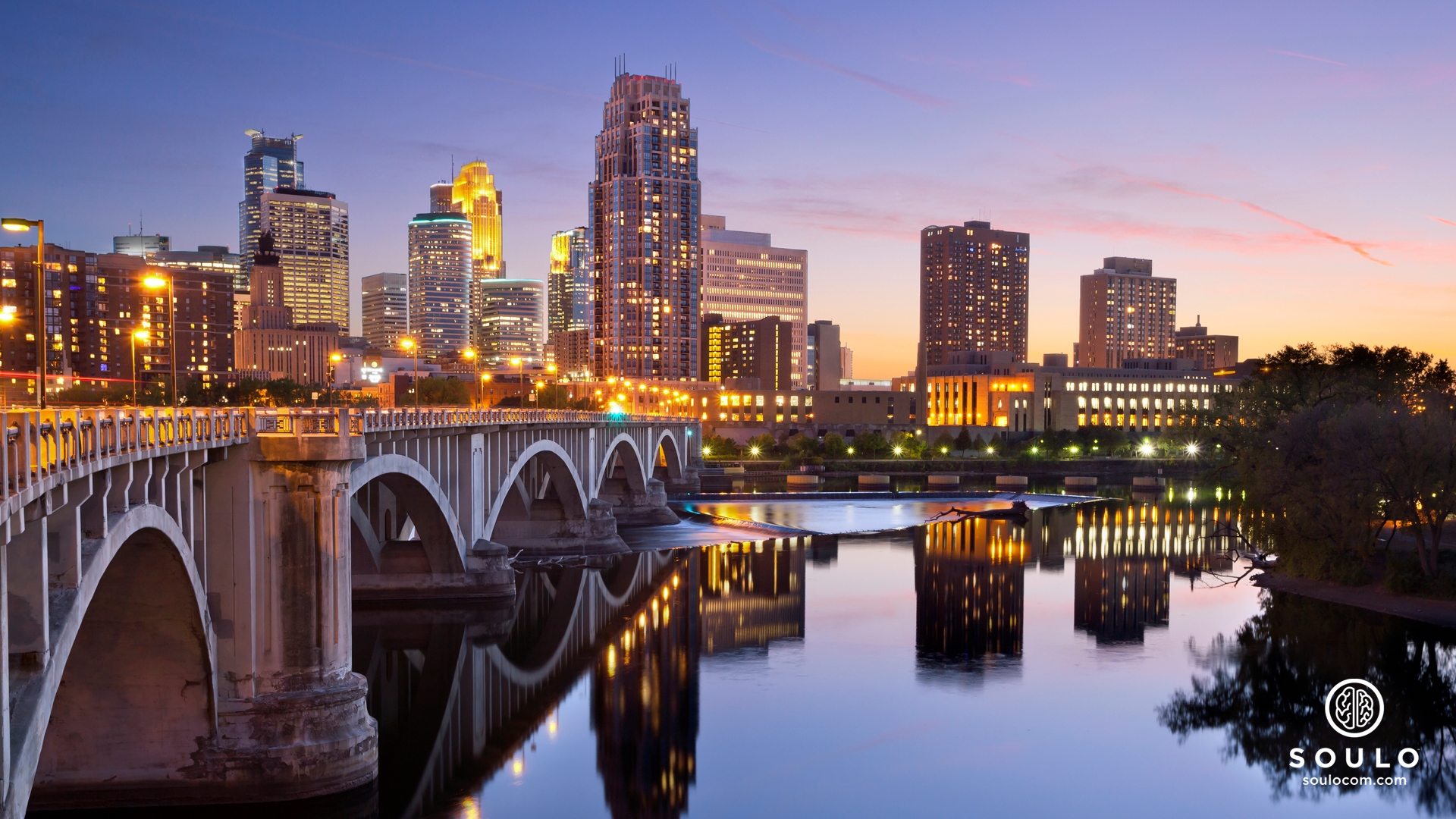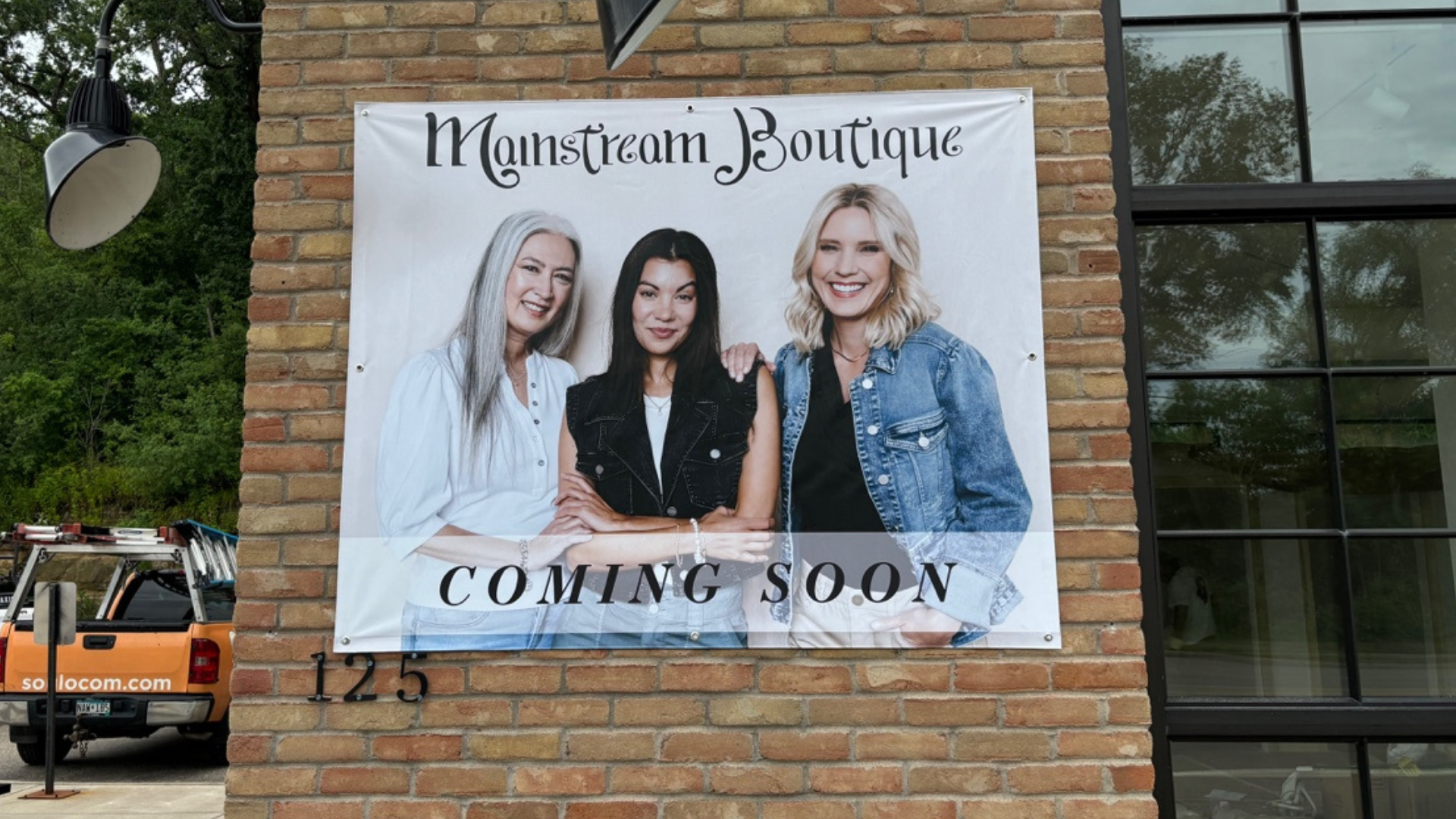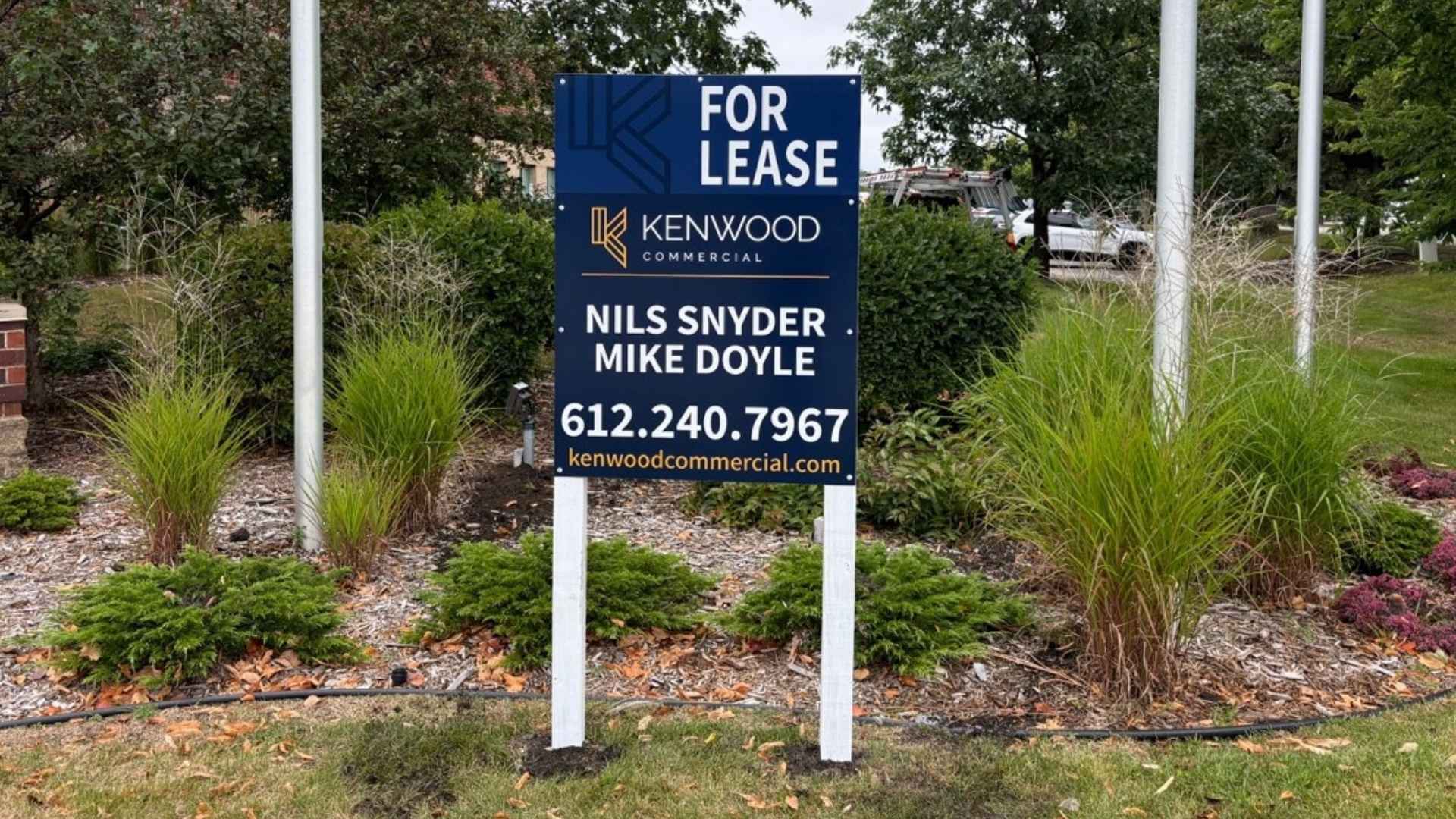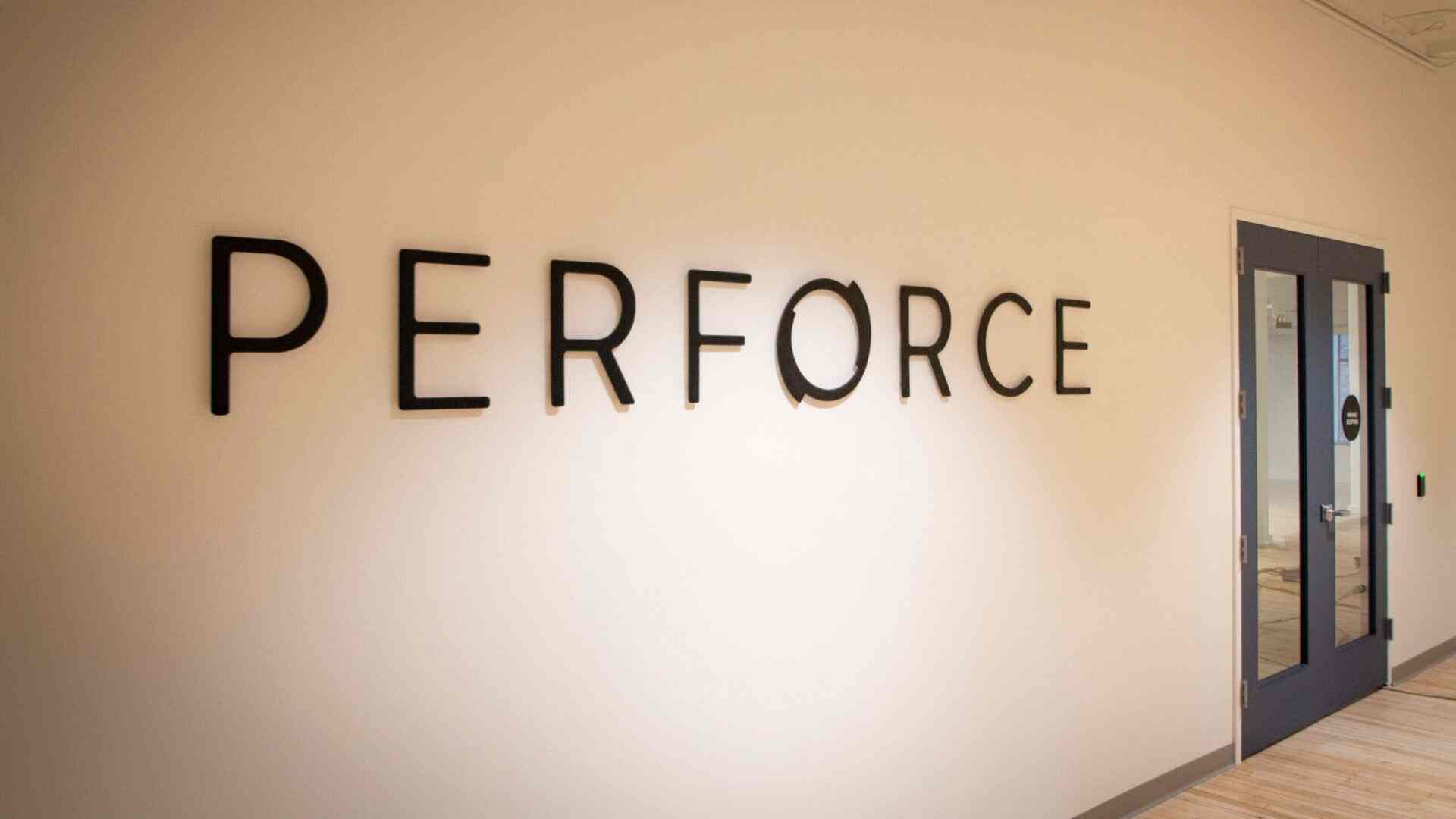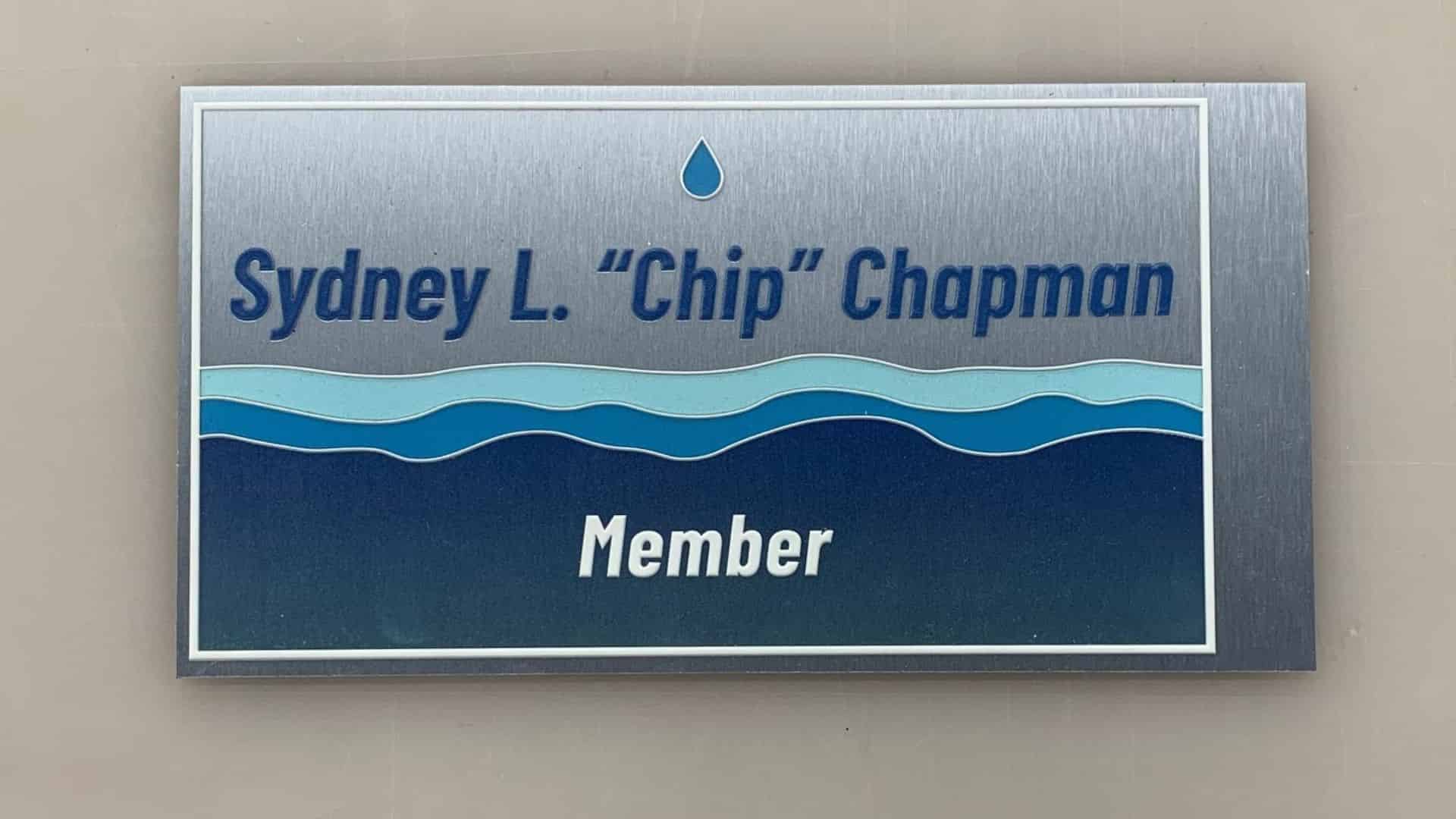At SOULO, we specialize in manufacturing and supplying a wide range of regulatory signs that inform drivers about the rules they must follow on the road.
These signs inform drivers of traffic laws and regulations that must be followed to ensure a smooth and controlled flow of traffic. Understanding these signs can prevent accidents, fines, and confusion.
In this article, we’ll explore 12 of the most common regulatory signs that drivers should be familiar with and why each is important to maintaining a safe environment.
Stop Signs:
Perhaps the most universally recognized regulatory sign, the stop sign instructs drivers to come to a complete halt at an intersection or crossing. Its distinct octagonal shape and bright red color make it easily noticeable, and ignoring this sign can lead to serious consequences, including accidents or traffic violations.
Yield Signs:
The yield sign, typically a downward-pointing triangle, tells drivers to give the right of way to traffic on the main road. It does not require a full stop unless traffic conditions necessitate one. Yield signs are commonly found at merging lanes or intersections where traffic flow is critical.
Speed Limit Signs:
Speed limit signs are regulatory signs that dictate the maximum (and sometimes minimum) speed vehicles are allowed to travel on a particular stretch of road. These signs are adjusted based on the type of road, traffic patterns, and safety requirements. Speed limits help to ensure that traffic flows efficiently and safely.
No U-Turn Signs:
This sign indicates that drivers are prohibited from making U-turns in certain areas. It is placed in locations where making a U-turn would be dangerous or disruptive to traffic. The sign is typically displayed with a bold red circle and a slash through a U-turn symbol.
No Parking Signs:
No parking signs regulate where vehicles can and cannot park. These signs are often accompanied by specific time restrictions, indicating that parking is only prohibited during certain hours. Ignoring these signs can result in fines or having your vehicle towed.
One-Way Signs:
A one-way sign indicates that traffic can only move in the direction shown by the arrow. These signs are vital in urban areas, where narrow roads or heavy traffic may require one-way streets. Disregarding a one-way sign can result in accidents or legal penalties.
Do Not Enter Signs:
The "Do Not Enter" sign is used to prevent drivers from traveling in a prohibited direction, often seen at the entrance of one-way streets or off-limit areas. It is a critical safety measure to avoid head-on collisions and ensure that vehicles follow the correct path.
No Left/Right Turn Signs:
These signs restrict drivers from turning left or right at intersections. They are often placed where turning could disrupt traffic or create dangerous situations. Drivers must always observe these signs to avoid accidents or legal repercussions.
Pedestrian Crosswalk Signs:
Regulating pedestrian traffic, these signs are designed to warn drivers of designated pedestrian crossing areas. In some cases, the law requires vehicles to stop and give the right of way to pedestrians at these crossings, helping to ensure safety for everyone on the road.
Railroad Crossing Signs:
Railroad crossing signs are crucial for ensuring safety at intersections where rail tracks cross the road. These signs typically feature an "X" symbol with "Railroad Crossing" written across it and may be accompanied by flashing lights or gates to indicate when a train is approaching. Drivers must always slow down, look for oncoming trains, and stop if necessary to avoid collisions. Ignoring railroad crossing signs can result in severe accidents.
School Zone Signs:
School zone signs alert drivers to areas where children are likely to be present, such as near schools or playgrounds. These signs typically indicate a reduced speed limit during specific hours when children are going to or leaving school. School zone signs are often bright yellow or fluorescent green to ensure visibility. Drivers must exercise extra caution in these areas to prevent accidents and ensure the safety of children.
Bicycle Lane Signs:
Bicycle lane signs are used to designate specific lanes or pathways for cyclists, ensuring their safety alongside motor vehicles. These signs usually feature a bicycle symbol and indicate the areas where bicycles are allowed or where drivers must yield to cyclists. In some areas, these signs also specify if vehicles are prohibited from parking in bike lanes or not.
Final Thoughts
Regulatory signs play a fundamental role in road safety and traffic management. Understanding and obeying these signs is not only a legal responsibility but also a crucial part of keeping roads safe for drivers, passengers, and pedestrians alike.
At SOULO, we not only help you familiarize yourself with regulatory signs, but we also provide high-quality, durable signs to meet all your road safety needs. Whether you need a stop sign, yield sign, or any custom regulatory sign, we’ve got you covered.
SOULO is a full-service marketing and communications agency that helps client partners get the most from their projects through signage, printing, and digital marketing. Ready to get started? Contact us today!

